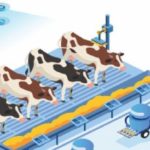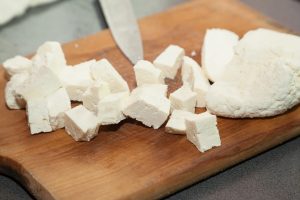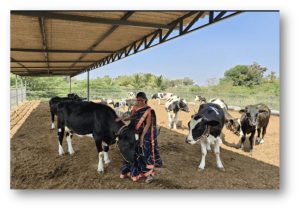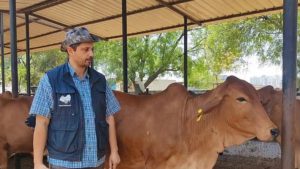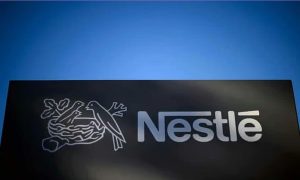
Dairy farmers are sore over the recent hike in price of cattle feed even as milk price was hiked by ₹6 a litre from Thursday.
The price of cattle feed was raised by the apex milk cooperative, Milma, and the public sector Kerala Feeds ahead of the milk price hike, and it is a big blow to dairy farmers, said a spokesman for Kerala State Milk Societies’ Association.
He added that the primary cooperative societies, numbering around 3,500 and with around 1.8 lakh dairy farmers under them, would be forced to resort to measures like boycotting feed from the two entities if the price was hiked further or if the latest hike is not rolled back.
The dairy societies alleged that the price of feed had gone up from ₹150 to ₹160 per 50 kg bag, and that it had been made effective at a time when there was no substantial reason for a hike.
However, Kerala Cooperative Milk Marketing Federation chairman K.S. Mani said the situation was such that both Kerala Feeds and Milma were sustaining losses by keeping the price of cattle feed at the same level as that of 2019. The price has not been raised for three years since 2019, he said and pointed out that the prices of raw materials had gone up.
There were only two options before Milma. One was to hike the price, and the other was to stop the production of cattle feed altogether. The latter would have allowed further exploitation of farmers, he said.

